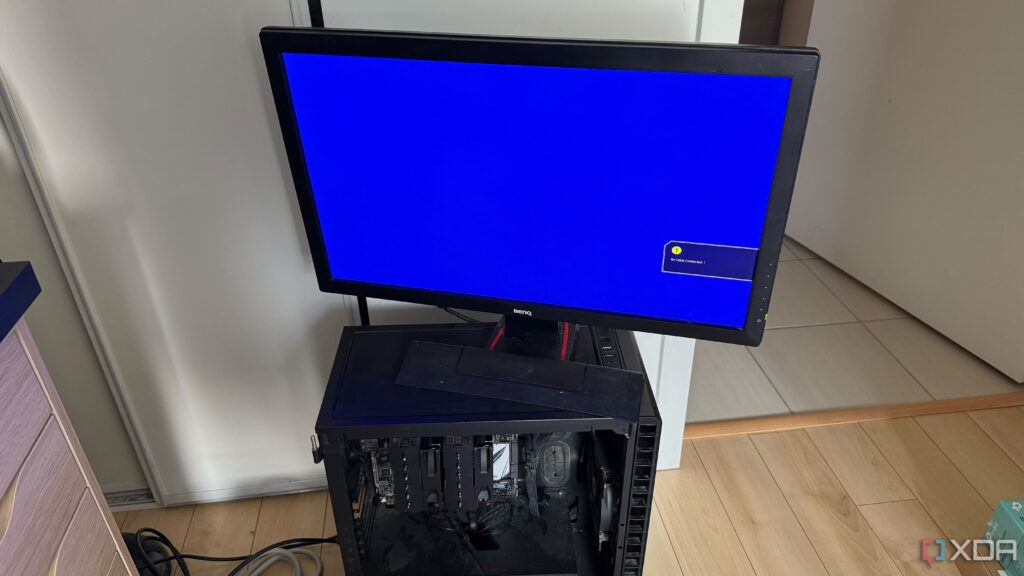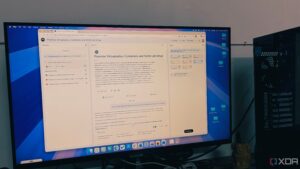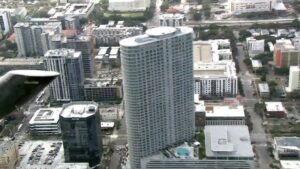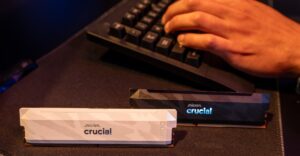
BREAKING: Tech enthusiasts are turning away from Synology’s NAS products, opting to build their own systems instead. This surge in DIY NAS projects comes as users express frustration over arbitrary restrictions and declining support for home users.
Many long-time Synology users, like one individual who has operated with the DS1621xs+ for nearly a decade, are citing a lack of flexibility and hardware limitations as key reasons for their departure. The move to a custom-built NAS offers better performance and control, particularly with file systems like ZFS, which provides self-healing properties and the ability to mix drive sizes.
Just last week, Synology announced that their new models will only support Synology-branded or certified drives, eliminating the ability to add unsupported drives to their storage pools. “This means no drive health stats and no upgrade options,” the user explained. With their largest drive at 20TB, those looking to expand their storage capacity face a dead end.
The frustration doesn’t stop there. Synology has also removed hardware transcoding, a key feature for personal media servers, causing many to question the company’s commitment to home users. “It feels like a veiled push to limit media playback,” the user lamented. Without hardware transcoding, users are forced to rely on CPU resources, which can be inadequate for streaming demanding formats like HEVC.
In response to these challenges, NAS enthusiasts are exploring alternatives. Platforms like TrueNAS and HexOS are gaining traction, allowing users to add GPUs for enhanced transcoding power. “The options are endless, and I can run programs how I want without being limited,” the user stated.
Moreover, the storage space crunch is pushing individuals toward building customized solutions. With traditional six-bay NAS units insufficient for expanding storage needs, users are realizing they can construct more expansive systems at a lower cost. Instead of a $500 DAS unit that would still impose Synology’s restrictions, DIY builders are opting for rack-mounted setups that offer more flexibility.
The desire for an all-flash NAS is also on the rise. Many are finding that traditional hard drive units are too noisy for office environments. “I wanted to stash the spinny hard drive NAS in another room,” one user shared. The solution? A mini PC with six M.2 NVMe slots, providing a powerful, silent alternative for fast access to working files.
As this DIY NAS trend continues to grow, Synology’s shift away from home user support raises questions about the future of their products. Users are increasingly motivated to reclaim control over their data and storage solutions, ultimately leading to a more tailored and efficient experience.
For those considering a similar path, the transition to a custom-built NAS doesn’t require extensive technical skills. “If you’re technically inclined, building your own NAS isn’t too challenging,” the user noted. This shift not only provides greater flexibility but also enables the reuse of older hardware, giving new life to equipment that would otherwise be discarded.
As of now, the DIY NAS movement shows no signs of slowing down. Enthusiasts are encouraged to explore their options and join the community of builders embracing independence and customization in their data storage solutions. For anyone tired of restrictive practices, the time to act is now.
Stay tuned for updates as more users make the switch and share their experiences with custom NAS builds.







